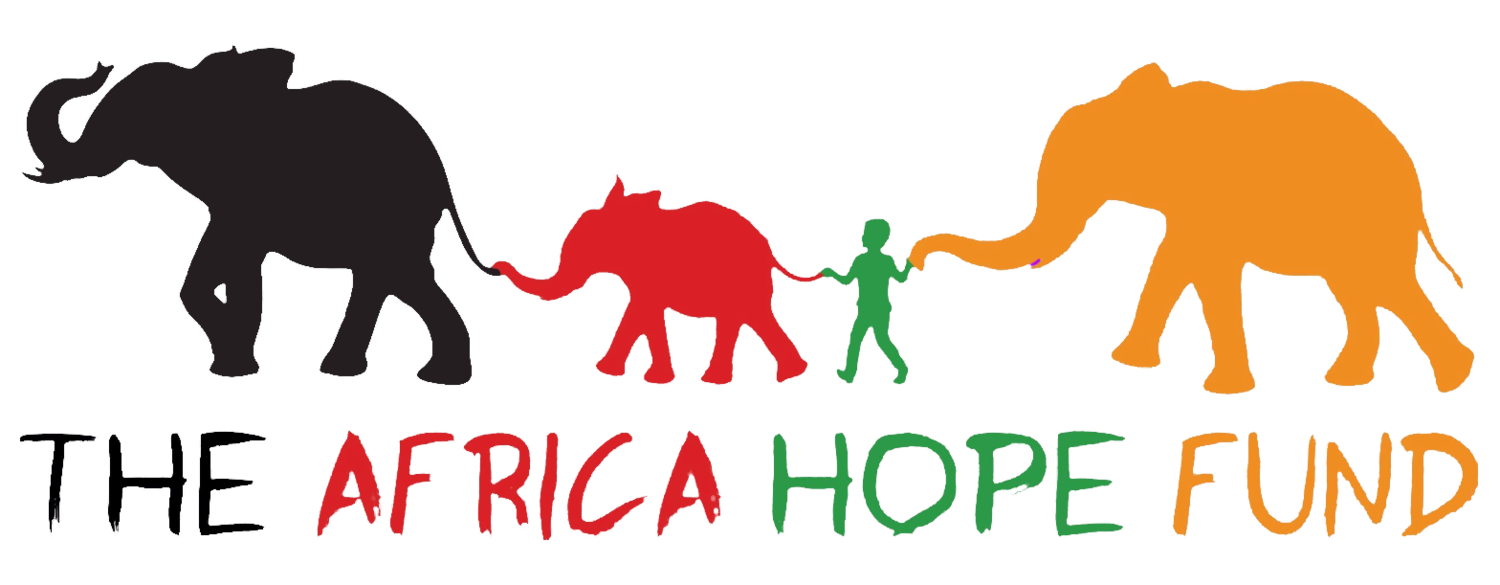Africa Hope Fund Helps Build Schools
Africa Hope Fund Helps Build Schools
Africa Hope Fund not only helps save elephants and other wildlife but also helps educate children because educated children have a more secure future than their parents and are more likely to help protect wildlife. Rachel McRobb, CEO of Conservation South Luangwa (CSL), who oversees anti-poaching activities in the valley, introduced our CEO Carol Van Bruggen to Uyoba School in Mfuwe Village on Carol’s second trip to Zambia in 2002. Now Carol serves on CSL’s Board of Directors.
In Zambia, grades 1-7 are called primary schools which are spread out in more than 75 districts throughout the country. The government, private sector, and communities (usually churches) own primary schools. Government primary schools are free. Many parents (especially in rural areas) still fail to send their children to public schools because even though education is free, there are other costs like uniforms, reams of paper, soap, tissue (for use at school), books, PTA fund, building fund, school trips, etc. Costs can add up to around K500 (500 Kwacha in Zambian currency, which is equal to about $10 US) per year. It seems like a small amount, but most families have an average of four children and the parents make their living by subsistence farming which does not provide enough cash income to pay the small costs, let alone to pay for them to complete their education.
As a solution, communities often get together to build schools and find local people to volunteer as teachers, or they pay them small stipends or organize charities to sponsor them. Geography is another challenge. In Luangwa, small villages, each with its chief or headsman, are scattered across the valley for miles, and many students walk great distances to get to school. For others, the only solution is a boarding school, which by our standards is inexpensive but is often out of reach for villagers. Headmistress Aggie Zulu says that when she took her job as the first teacher at Uyoba School, she had no classrooms and taught beneath a tree in an open area devoid of anything but hard, sandy red dirt and rocks and a few scraggly trees. There was no water until 2010, and almost ten years later they are just getting electricity.
By the time Carol arrived on the scene, a local church had built one classroom for Uyoba School. Through her Rotary International membership, Carol raised money for another classroom and a small teacher’s office and storage area. These buildings supported 300 students, grades 1-6, three teachers, and three teaching assistants. Students attended in shifts. Lacking for desks, they sat jammed together on the concrete floor. The school did not receive government-provided teachers until they were able to add a seventh grade classroom when The Africa Hope Fund stepped in and raised enough money to build one in 2012.
I appreciate that Carol’s safari trips differ from most packaged tours. After we saw area wildlife, took game drives and guided walks, and stayed in remote bush camps, she took us out to get to know the Zambian culture in town and introduced us to people who run successful nonprofits for wildlife protection and childhood education.
Written by Patricia Cole
An Africa Hope Fund board member for 7 years, Pat is a writer and a conservation activist. After traveling to Zambia, she became dedicated to helping Africa Hope Fund provide education to the next generation of Africans and ensure their future by protecting wildlife. Find Patricia on Facebook and Twitter, or on her websites www.writepatwrite.com and www.patmcole.com.
Enjoy reading this Elephant Blog post? Help support our future posts by becoming a Patreon supporter!

